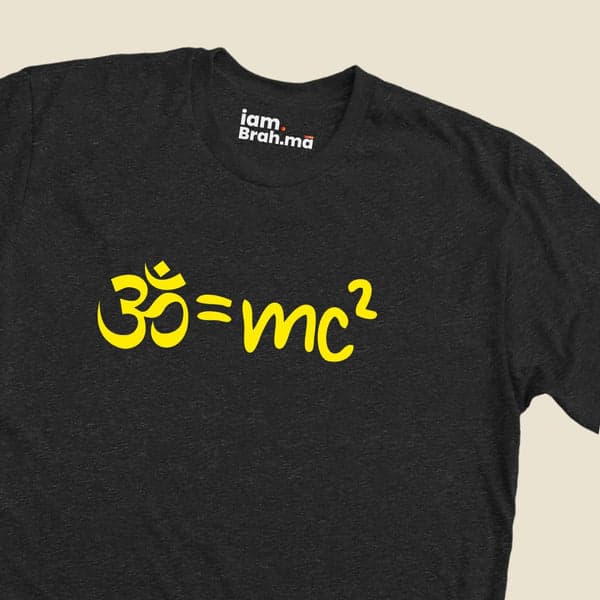Sri Kola Villi Ramar Temple
Kumbakonam, Tamil Nadu
Nestled in the serene village of Thiruvelliyangudi near Thiruvarur, the Kola Valvill Ramar Temple stands as a testament to the devotion and architectural splendor of the Medieval Cholas, with later embellishments by the Vijayanagara kings. This revered temple, dedicated to Lord Rama, is steeped in history, enclosed by a protective granite wall, and adorned with a majestic four-tiered rajagopuram, symbolizing the gateway to divinity.
Temple Information
- Deity: Lord Rama (Kola Valvill Ramar)
- Location: Tiruvelliyangudi, Tamil Nadu, India
- Architectural Style: Dravidian, characterized by its grand gopurams (temple towers), intricate carvings, and spacious courtyards
- Significance: Celebrated as one of the Divya Desams, revered by the Tamil saint-poets, the Alwars
History/Historical Events
The Kola Valvill Ramar Temple in Tiruvelliyangudi, rich in history, is intertwined with various legends and divine narratives spanning across the Yugas in Hindu cosmology.
Evolution Across Yugas:
- In Satya Yuga, the temple was known as Brahma Putram.
- In Treta Yuga, it was referred to as Parasaram, named after the sage Parasara who is believed to have worshipped the presiding deity.
- In Dvapara Yuga, it gained prominence as Sainthiranagaram.
- In Kali Yuga, the temple came to be known as Bhargavapuram.
Association with Trivikrama Avatar of Vishnu:
- The temple is closely linked with the Trivikrama avatar of Lord Vishnu. According to legend, during Vishnu's Vamana avatar, when King Mahabali was performing a yajna, Sukrachariyar, the guru of the demons, opposed Mahabali's decision to donate land to Vishnu. In an attempt to prevent the donation, Sukrachariyar transformed into an insect to block the water spout of the jug. Vishnu, discerning the ploy, injured Sukrachariyar’s eyes. The injured Sukrachariyar is believed to have performed penance at this sacred site, where he regained his vision, symbolized by the perpetually glowing Nethra Deepam in the temple.
Sage Parasara's Worship:
- The temple's divine aura is further accentuated by the belief that Sage Parasara, a revered figure in Hindu history, worshipped the deity here, adding to the temple's sanctity and historical significance.
Architectural Marvel by Mayan:
- A legendary tale recounts a competition between Vishvakarma and Mayan, the celestial architects, over their architectural prowess. Lord Brahma suggested that Mayan could achieve distinction by building a temple on par with Vaikuntha, the divine abode of Vishnu. After surveying various locations, Mayan chose Tiruvelliyangudi, where Sage Markendeya was performing penance. He constructed the temple, which is believed to be the one standing today. In this temple, Vishnu is said to have appeared as Sringara Sundaran, an embodiment of divine beauty.
Symbolism and Spiritual Significance:
- Each phase in the temple's evolution and the associated legends signify its deep spiritual and historical importance. The temple stands as a testament to various divine interventions, cosmic events, and legendary tales that shape the Hindu religious narrative.
...




